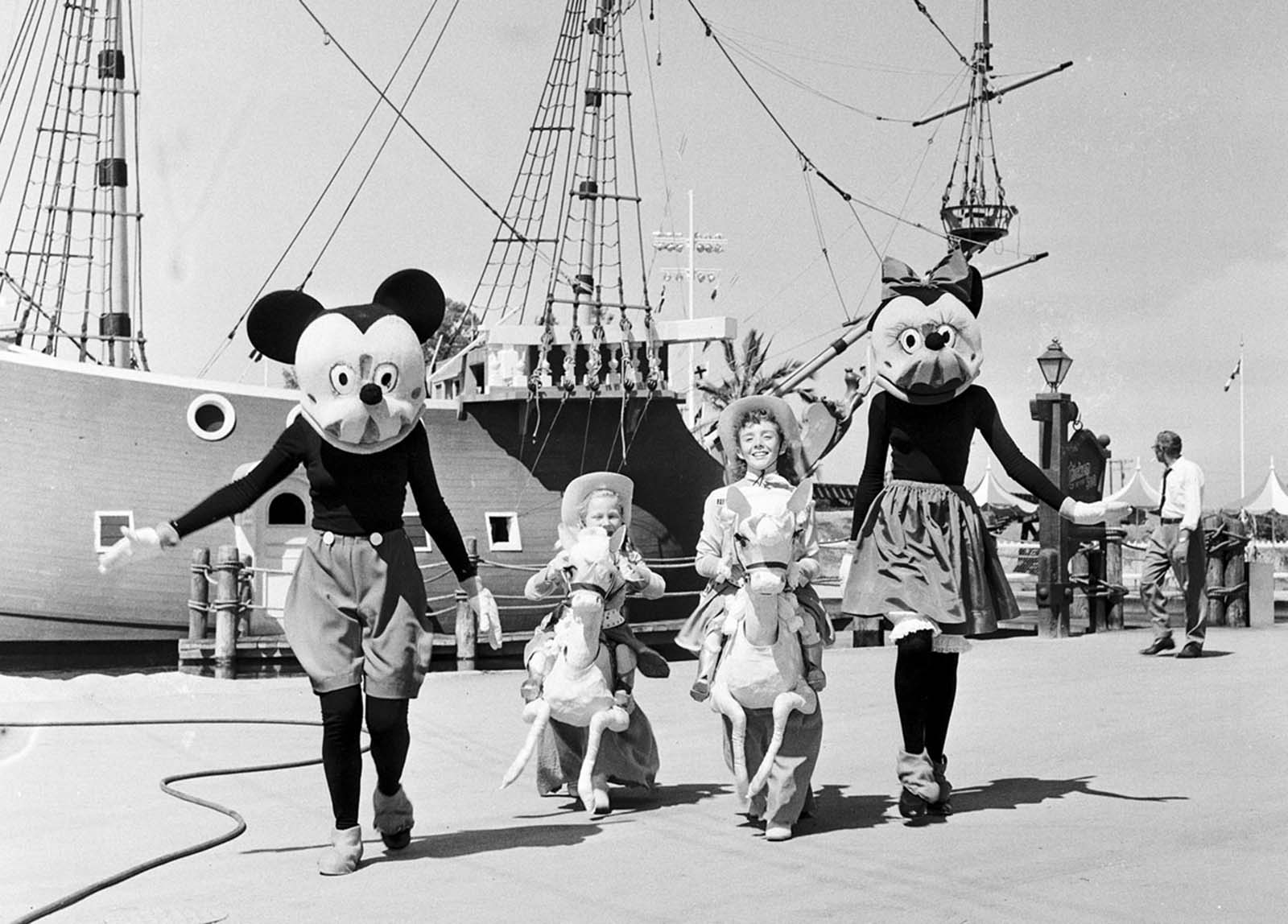The Mouse that Built an Empire: How Did Walt Disney Make Mickey Mouse?
Imagine a world without Mickey Mouse. No cheerful whistling, no iconic red shorts, no whimsical adventures. It's almost impossible, isn't it? That's because Mickey Mouse isn't just a cartoon character; he's a global icon, a symbol of joy, imagination, and the magic of animation. But have you ever wondered, how did this cultural phenomenon come to be? How did Walt Disney, a young animator with big dreams, create a character that would capture the hearts of millions worldwide?
The story of Mickey Mouse's creation is one of perseverance, creativity, and a touch of Disney magic. It's a tale that takes us back to the early days of animation, a time when silent films were the norm and the world had never seen a talking cartoon. It all began with a rabbit named Oswald...
Walt Disney, along with his trusted animator Ub Iwerks, had found success with Oswald the Lucky Rabbit, a mischievous character created for Universal Studios. However, in a turn of events, Disney lost the rights to Oswald, leaving him devastated but determined to rise above this setback. It was from the ashes of this loss that Mickey Mouse was born.
On a train ride back from New York, a disheartened Walt Disney began sketching ideas for a new character. He envisioned a mouse, small and scrappy, but full of personality. He initially named him Mortimer Mouse, but his wife, Lillian, suggested the now-iconic name, Mickey. With a new character in mind, Disney returned to his studio, eager to bring Mickey to life.
Ub Iwerks, a master of his craft, was tasked with designing Mickey's look. He went through numerous iterations, drawing inspiration from the likes of Charlie Chaplin, Felix the Cat, and even real mice. Finally, they settled on the Mickey we know and love today: round ears, a mischievous grin, and an overall design that exuded charm and charisma.
However, Mickey Mouse's journey to stardom wasn't without its challenges. The first two Mickey Mouse cartoons, "Plane Crazy" and "The Gallopin' Gaucho," failed to find distribution. It was the third cartoon, "Steamboat Willie," that changed everything.
Released in 1928, "Steamboat Willie" wasn't just a cartoon; it was a technological marvel. It was one of the first cartoons synchronized with sound, and audiences were captivated. Mickey Mouse, whistling at the helm of a steamboat, became an instant sensation. "Steamboat Willie" catapulted both Mickey and Walt Disney to fame, marking the beginning of an empire.
The creation of Mickey Mouse was a pivotal moment in animation history. It not only gave birth to an iconic character but also paved the way for the development of sound and color in cartoons. Mickey Mouse became the face of the Walt Disney Company, appearing in countless films, TV shows, comic books, and merchandise.
But perhaps the most remarkable aspect of Mickey Mouse is his enduring appeal. Generations have grown up with Mickey, and his charm transcends cultural and geographical boundaries. He embodies the spirit of childhood, a reminder to always embrace imagination, laughter, and the power of dreams.
While we can't replicate the exact magic that Walt Disney and Ub Iwerks conjured up, we can learn from their story. The creation of Mickey Mouse teaches us the importance of perseverance, the power of collaboration, and the magic that happens when creativity meets opportunity.
So, the next time you see Mickey Mouse, remember that behind that iconic grin lies a tale of determination, innovation, and the timeless power of storytelling.
Score the best seats your ultimate guide to fedex field seating chart and view
The allure and enigma of creatures half angel half demon called
Save a lot ontario ny saturday sale your guide to grocery deals










:quality(85):upscale()/2020/03/09/907/n/1922441/99ecad1a5e66ab4c105955.83247131_.jpg)


